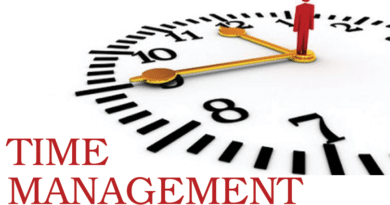How to Tell If Your Audience Is Engaged
Two event organizers walk into a room and scan the audience. Upon leaving the room, the first event organizer says, “No one is engaged. They are all texting and reading emails or having side conversations.” The other event organizer says, “You’re wrong. Those people were taking notes, and sharing sound bites on social media. The others were debating what the speaker was saying.”
The problem with perception is that everyone creates their own. Which of these organizers is right? Which of these perceptions is reality? Unless you start looking over your attendees’ shoulders, it’s going to be hard to know what they are in fact doing on their electronic devices. Luckily there are other ways to determine if your attendees are engaged.
Three observation techniques, when combined, will tell you for certain if your attendees are engaged. The first is interpreting non-verbal cues correctly, the second is to pay attention to verbal cues, and the third is analyzing session evaluations.
Let’s first look at non-verbal cues. Take a look around the room. Are people slouching in their chairs, yawning and fidgeting? Are they slow to respond when the speaker prompts them to take an action? Those are signs your audience may, in fact, be bored.
If the audience is leaning forward in their chairs or sitting with a relaxed posture, nodding their heads, or smiling, they are most likely engaged and paying attention to the speaker. However, positive non-verbal communication is not the only indication your attendees are engaged. They might be frowning and or shaking their heads. They may purse their lips and cross their arms. While not in agreement with the speaker, these attendees are actively engaged.
See more at: TSNN – How To Tell If Your Audience Is Engaged



